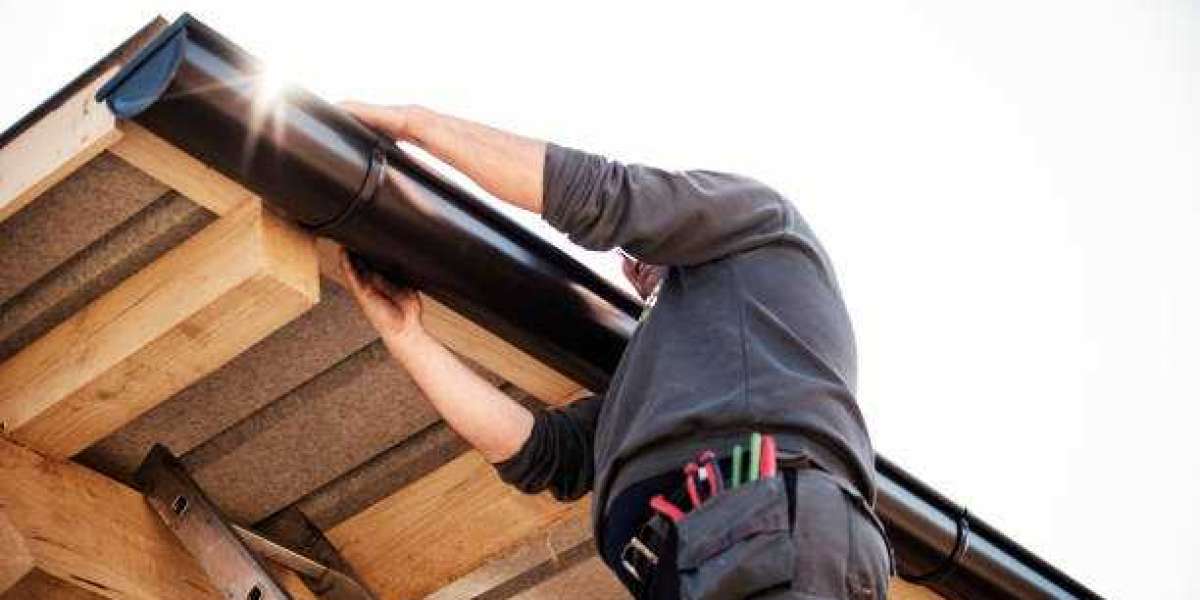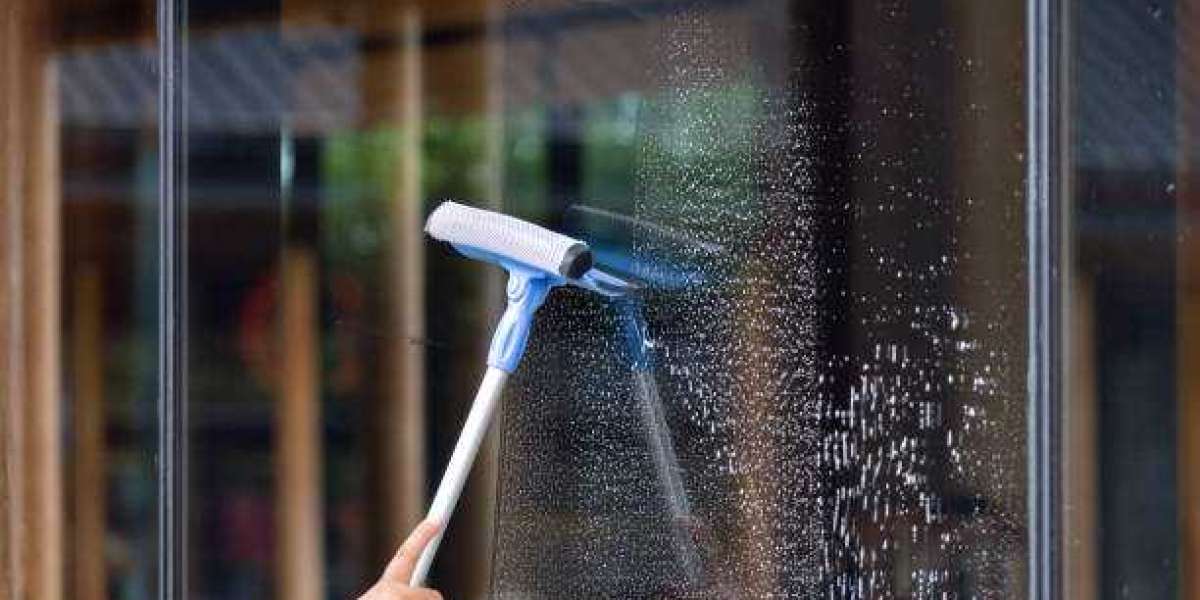When it comes to protecting your home from water damage, a properly installed gutter system plays a crucial role. Gutters channel rainwater away from your roof and foundation, preventing leaks, erosion, and costly structural issues. However, not every homeowner knows what to look for during new gutter installations. From selecting the right materials to ensuring correct slope and downspout placement, attention to detail makes all the difference. In this comprehensive checklist, we’ll walk you through everything you need to know before starting your project.
New Gutter Installations Checklist
1. Inspect Your Roof and Fascia Before Installation
Before installing new gutters, ensure your roof and fascia boards are in good condition. Rotting wood, loose shingles, or structural issues can undermine the installation and shorten gutter lifespan. Fixing these problems beforehand guarantees a secure attachment and long-lasting performance.
2. Choose the Right Gutter Material
Selecting the correct gutter material impacts both durability and aesthetics.
Common materials include:
Aluminum: Lightweight, rust-resistant, and cost-effective.
Copper: Elegant and long-lasting but more expensive.
Vinyl: Easy to install but less durable in extreme temperatures.
Steel: Extremely durable but may require maintenance to prevent rust.
Each type offers unique advantages, so choose one that aligns with your budget, home style, and climate.
3. Determine the Ideal Gutter Size and Style
Gutters come in multiple sizes and profiles, with K-style and half-round being the most popular. Larger roofs or regions with heavy rainfall may require six-inch gutters instead of the standard five-inch size to ensure efficient drainage.
4. Plan Proper Slope for Efficient Drainage
One of the most overlooked aspects of gutter installations is slope. Gutters must tilt slightly (about 1/4 inch for every 10 feet) toward the downspouts to allow water to flow freely. Incorrect slope can lead to standing water, corrosion, and clogging.
5. Select Strategic Downspout Placement
Downspouts should be positioned at the lowest roof points to direct water safely away from the foundation. Avoid placing them near entryways or sidewalks to prevent splashing and water damage. A professional installer ensures optimal spacing and alignment for maximum performance.
6. Use Secure Brackets and Hangers
Brackets and hangers are the backbone of your gutter system. High-quality hangers should be spaced every two to three feet for adequate support. Stainless steel or aluminum hangers are ideal for long-term strength and resistance to corrosion.
7. Include Gutter Guards for Easier Maintenance
Adding gutter guards minimizes the accumulation of leaves, twigs, and debris, reducing maintenance needs. They also extend the system’s life and prevent clogs that can cause overflow during heavy rainfall.
8. Consider Aesthetics and Curb Appeal
Gutters don’t just protect your home — they also affect its overall appearance. Choose a color and profile that complement your siding and roofing. Seamless gutters, for example, offer a sleek, custom-fitted look with fewer joints that can leak over time.
9. Ensure Proper Sealing of Joints and Corners
All joints and corners should be sealed using a high-grade, waterproof sealant. This step prevents leaks, which are a common cause of water damage around eaves and fascia boards.
10. Conduct a Water Flow Test
Once the gutters are installed, a water flow test ensures proper drainage and alignment. Pour water into the system to check for leaks, pooling, or overflow. A simple test like this can identify minor issues before they become major problems.
11. Schedule Routine Gutter Maintenance
Even with perfect installation, gutters require ongoing care. Cleaning your gutters twice a year — especially before fall and spring — keeps them functional. Periodic inspections can help detect cracks, sagging, or buildup early on.
12. Hire Professional Gutter Installation Experts
While DIY installation may seem tempting, professional installers have the tools, expertise, and safety training necessary for a flawless finish. They can ensure precise slope, secure fasteners, and watertight seals that protect your investment for years.
For residents in Brookings, SD, where unpredictable weather can put extra pressure on drainage systems, you can rely on New Horizons Roofing Gutters LLC for expert gutter installations and maintenance solutions tailored to local conditions.
13. Evaluate Warranty and After-Service Support
Before finalizing your installation, ask about the warranty. Quality contractors offer workmanship guarantees that cover leaks, sagging, or detachment. Manufacturer warranties on materials also add peace of mind for years of protection.
14. Upgrade to Seamless or Custom Gutters
If your home design allows, seamless gutters are worth considering. They reduce leak risks and create a modern, uniform appearance. Custom-fit gutters ensure precision and can increase the overall value of your property.
15. Check Compliance with Local Building Codes
Before installation, ensure that your new gutter system complies with local building regulations. Professional installers typically handle permits and ensure the installation meets regional drainage and safety standards.
Conclusion
Installing new gutters is an investment in the long-term protection of your home. From choosing the right material and size to ensuring proper slope and professional installation, every step plays a vital role in performance and longevity. With this complete checklist, you can approach your gutter installation project with confidence. Trust experts like New Horizons Roofing Gutters LLC to provide durable, efficient, and visually appealing solutions that safeguard your home for decades.
FAQs
1. How long do new gutter installations typically last?
Most gutters last between 20 to 30 years depending on the material and maintenance frequency. Copper systems can last over 50 years.
2. What’s the best gutter type for heavy rainfall areas?
Seamless aluminum or steel gutters are ideal for regions with frequent rain as they resist rust and handle large water volumes effectively.
3. How often should gutters be cleaned after installation?
Experts recommend cleaning gutters twice yearly — in spring and fall — to prevent debris buildup and ensure efficient water flow.
4. Do gutter guards eliminate the need for cleaning?
Not completely, but they significantly reduce the frequency and amount of debris entering your gutters, simplifying maintenance.
5. Can I install gutters myself?
DIY is possible, but professional installation ensures proper slope, sealing, and alignment, reducing future repair costs.









